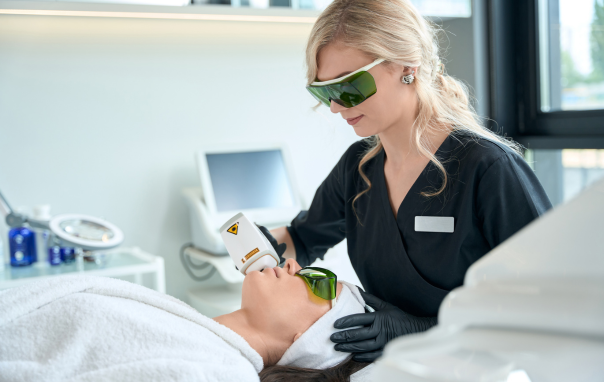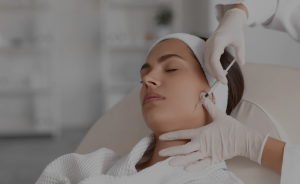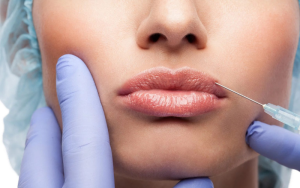Laser hair removal is a revolutionary form of hair removal that harnesses light energy to target and remove unwanted hair from nearly any area of the body. Through carefully calibrated laser pulses, these treatments gradually lead to permanent hair reduction, saving time and effort compared to conventional methods such as shaving and waxing. This non-medical laser procedure has become a staple in cosmetic treatments, offering long-term results with relatively minimal discomfort. In this comprehensive guide, we will explore how laser hair removal works, discuss safety measures, and provide expert insights into whether it’s the right choice for your skin and lifestyle.
What is Laser Hair Removal?
Laser hair removal process uses a beam of light (also known as a laser beam) to selectively target the pigment, or melanin, in hair follicles. When the laser light is absorbed, it converts to heat, damaging the follicle enough to slow or stop hair growth. Over the course of multiple sessions, the reduction in hair growth can become permanent hair removal, transforming how people handle excess hair.
While other methods of hair removal—such as waxing, tweezing, or depilatory creams—offer temporary fixes, laser hair removal treatments address the root cause by focusing on the follicle itself. This can be especially beneficial for individuals dealing with ingrown hair or excessive hair growth due to hormonal issues like thyroid disease or for purely aesthetic reasons. The technology is versatile enough to cater to light skin, dark skin, and everything in between, provided the correct laser hair removal devices and settings are used.
Benefits of Laser Hair Removal
Permanent Hair Reduction
A key advantage of laser treatments over other hair removal methods is the potential for permanent hair reduction. While hormonal fluctuations or certain medical history factors may occasionally trigger new growth, most clients experience an extended, if not lifelong, break from repetitive shaving or waxing. Multiple treatment sessions are generally required to ensure all follicles—active and dormant—are effectively targeted.
Time Efficiency
Between regular shaving, waxing appointments, and the rubber band–like snap of epilators, hair maintenance can be both time-consuming and uncomfortable. Laser hair removal process typically last anywhere from a few minutes to an hour per treatment session, depending on the skin type and size of the area. Over time, the minimal upkeep needed for maintaining long-term results frees up your schedule for other activities—like enjoying your day at a Beauty Bar or attending events in North York.
Precision
Advanced laser hair removal systems deliver a focused beam of energy that precisely targets hair shafts without affecting the surrounding skin. This specificity makes laser treatments incredibly effective for addressing small or intricate areas—such as the bikini line or facial zones—while accommodating different hair colors and skin tones. Since laser energy zeroes in on melanin, Dark hair generally responds more readily, though modern lasers have improved efficacy on light hair as well.
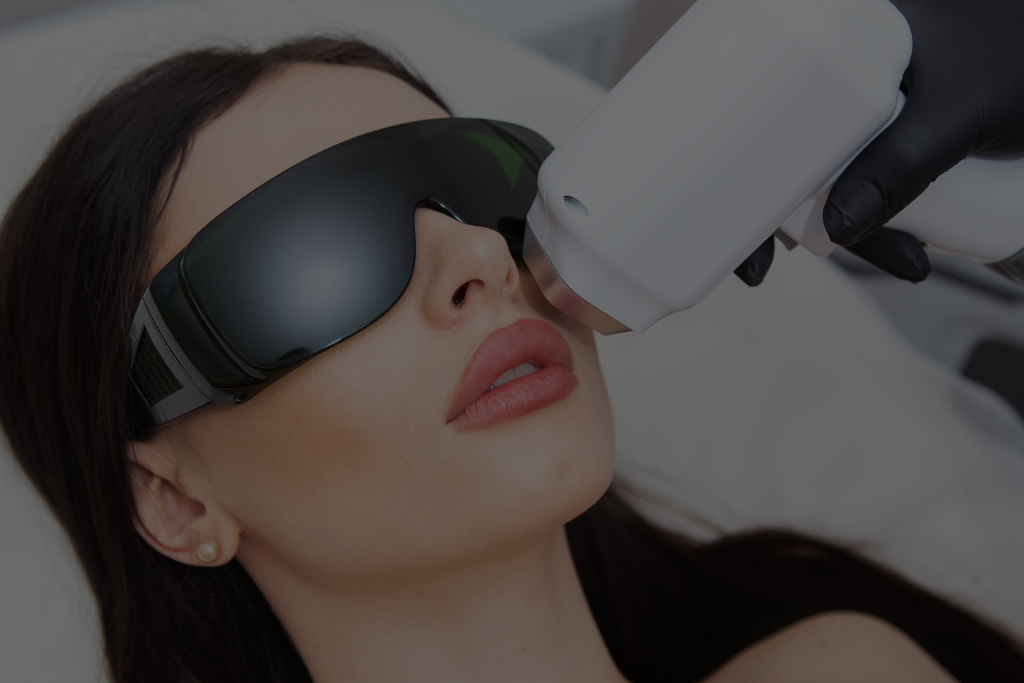
Understanding the Laser Hair Removal Process
Preoperative Consultations
Before you begin, a thorough consultation is vital for assessing client suitability. Topics commonly discussed include your Skin type, skin color, history of prior treatments, potential complications like skin eruptions, and any relevant medical history, such as previous hair loss or Hair Restoration procedures. This consultative phase helps formulate a comprehensive treatment plan tailored to your skin tones, darker skin types, or lighter skin.
Key Points
- The practitioner checks for any presence of tattoos, port wine stains, or multicoloured tattoos in the target region, as exposure to a laser apparatus in these areas requires special care.
- Expect questions about sun exposure, especially if you have recently tanned or used a tanning bed.
- Laser operators might adjust your treatment session schedule if you have used previous hair removal methods—like waxing or plucking—that remove the hair from the follicle, decreasing the laser’s efficacy.
Pretreatment Instructions
- Avoid Tanning: High levels of melanin—whether from natural tanning or self-tanning products—can increase Potential laser hazards for darker skin or sun-exposed light skin.
- Shave the Area: Shaving around 24 hours before your appointment helps the laser reach the follicle more effectively.
- Skip Certain Products: Refrain from applying lotions, perfumes, or harsh chemicals that might irritate the skin.
- Medical Advice: If you take photosensitive medications or have a notable medical history, your practitioner might modify the plan or advise a test patch.
Treatment Procedure
Upon arrival for your laser hair removal clinic appointment, the laser technician will ensure you wear protective glasses to shield your eyes from laser emission. The laser beam power is meticulously calibrated based on your skin type and hair color. During the procedure:
- Marking the Area: The operator may partition the targeted zone for even coverage.
- Adjusting the Device: Modern laser hair removal devices often have built-in cooling systems to mitigate the heat from the laser pulse, enhancing client comfort.
- Laser Operation: A combination of lasers (such as an nm diode laser or alexandrite laser) might be employed depending on the hair removal lasers chosen. Each pulse typically feels like a mild stinging or a rubber band snapping against the skin, a sensation minimized by cooling gels or advanced laser devices.
- Monitoring: Laser operators observe any immediate effects like redness or slight swelling, adapting settings as needed.
Recovery Phase
Following the treatment session, many clients experience mild irritation, slight redness, or swelling akin to a minor sunburn. These common side effects are typically short-lived. Adhering to basic aftercare strategies—like applying soothing creams, avoiding direct sun exposure, and using sunscreen—helps ensure safe healing and prolongs long-term results. In rare instances, complications such as blistering, hyperpigmentation, or scarring can arise, especially in darker skin types. Strictly abiding by the recommended aftercare regimen is essential to minimize harmful effects or injury from exposure.
Types of Laser Hair Removal Technologies
Alexandrite Laser
Commonly used for individuals with lighter skin, the Alexandrite laser (755 nm wavelength) is prized for its quick pulse speed and effective coverage. This technology offers strong melanin absorption but must be carefully managed in dark skin to prevent excessive heat absorbent damage or burns.
Diode Laser
Often referred to as the nm diode laser (usually around 810 nm), diode lasers are extremely popular in laser clinics for their compatibility with a range of skin tones. They can deliver laser hair removal work effectively on Dark hair, making them especially suitable for darker skin types when used with appropriate settings. Diode lasers excel at penetrating deeper into the skin, making them a potent choice for addressing coarser hair.
Nd:YAG Laser
Nd:YAG lasers (1064 nm wavelength) are known for their ability to treat dark skin by specifically bypassing melanin in the epidermis. This allows deeper penetration, minimizing harmful effects on pigmented epidermal cells. However, the Nd:YAG may be less effective on fine or light hair due to decreased melanin absorption, sometimes requiring more maintenance sessions.
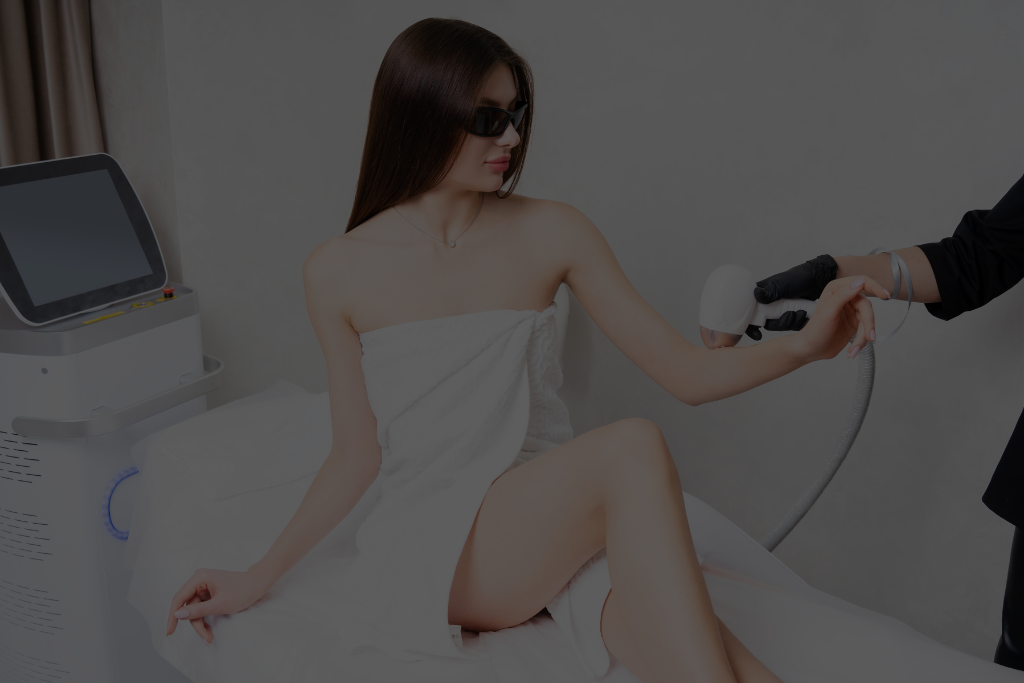
Safety Guidelines for Laser Hair Removal
Operator Training and Education
Safety begins with thorough training. Qualified professionals, often certified through schools like the National Laser Institute, learn about American National Standard for Safe Use of Lasers protocols, laser classification label reading, and advanced laser operations. Owners of laser equipment should ensure Laser personnel remain up-to-date with the latest safety standards, such as:
- Laser Safety in Health Care Facilities: Guidelines ensuring safe usage in clinical settings.
- Laser therapy facilities: Protocols for specialized equipment like ablative skin resurfacing2940 or long-pulsed)Port wine stain treatments.
Protective Equipment
- Protective Glasses: Not only the client but also the operator must wear Laser protective goggles rated for the specific wavelength.
- Laser on Standby: When the laser apparatus is not in use, it should be placed in standby mode. This mitigates accidental exposure that might surpass Exposure Limits.
- Laser Warning Signs: Clear signage warns staff and visitors about the potential laser hazards in the area, preventing DIRECT EXPOSURE to the emissions from laser hair.
Compliance with Regulations
Laser owners and providers must maintain their laser hair removal systems in line with manufacturer guidelines, verifying that devices meet laser hair removal standards. Routine checks to confirm laser beam power calibration are crucial. The owner of laser equipment must also maintain thorough documentation and ensure the device is free from mechanical faults that could lead to injury from exposure.
Potential Side Effects and Risks
Common Side Effects
- Redness and Swelling: Typically short-lived, subsiding within hours or a few days.
- Mild Pain: The heat rays liable to cause a sensation of heat or tingling, especially in sensitive areas.
- Itching or Dryness: Minor and manageable with gentle skincare routines.
Rare Complications
- Hyperpigmentation or Hypopigmentation: Especially in darker skin types, improper calibration can lead to discoloration.
- Blisters or Burns: Laser beam misuse or defective equipment can cause serious biological effects.
- Skin Eruptions: Pre-existing conditions like eczema or psoriasis can flare under certain laser devices.
- Harmful Effects on Tattoos: The presence of tattoos in the treatment area might require specialized approaches to avoid damaging the ink and the surrounding skin.
Thankfully, these complications are rare and typically preventable through Laser Safety protocols and correct parameter settings.
Number of Sessions Required
Unlike waxing or other previous hair removal methods, laser hair removal demands a tailored plan. On average, clients require anywhere from 6 to 8 sessions, spaced 4–6 weeks apart, to align with the different stages of the hair growth cycle. Hormonal fluctuations or certain genetic factors could prolong the number of maintenance treatments necessary, especially for excessive hair growth or hair loss concerns. The exact figure varies by area, skin type, and the coarseness or color of the hair. Maintenance sessions might be recommended on a regular basis to address minimal regrowth that surfaces over time.
Cost of Laser Hair Removal
Factors Affecting Cost
- Area Size: Treating the bikini line or underarms typically costs less than larger regions like the back or full legs.
- Location: Urban centers like Toronto, North York, or specialized facilities such as Distill Laser Clinic may have slightly higher fees.
- Complexity: Combination of lasers might be used for multicoloured tattoos or port wine stains, adjusting the cost.
- Clinician Expertise: Skilled laser technicians with advanced training may charge more, but the investment often translates to safer, more effective results.
- Equipment Quality: Reputable clinics rely on updated laser manufacturer technology, ensuring consistent laser emission and improved safety.

Comparison with Other Hair Removal Methods
While the cost of laser hair removal process can appear higher at first, the long-term results and time saved often justify the expense. Razors, wax, or depilatory creams accumulate ongoing costs. Laser technology, by contrast, offers a near-permanent hair reduction in many cases, drastically reducing the time you spend on hair maintenance. Hence, across your lifetime, laser hair removal treatments can be more economical than short-term hair removal methods.
Why Choose Beauty Aesthetics, Toronto, for Laser Hair Removal?
Located in the vibrant heart of Toronto, Beauty Aesthetics stands out for its commitment to advanced laser hair removal procedures and comprehensive treatment plans. Our experienced Laser operators, trained at institutions like the National Laser Institute, adhere strictly to American National Standard for Safe Use of Lasers guidelines. From the moment you walk in, you’ll find a personalized experience based on your skin color, hair color, medical history, and aesthetic goals. Using only state-of-the-art laser devices and abiding by laser hair removal standards, we prioritize both efficacy and client well-being.
Beyond laser hair removal process , Beauty Aesthetics, Toronto, provides a wide range of cosmetic treatments, from Hair Restoration to ablative skin resurfacing2940. Our top-tier Laser Safety in Health Care Facilities practices ensure minimal injury from exposure and drastically reduce harmful effects for all skin tones, be it dark skin or light skin. Moreover, our skilled laser technicians meticulously follow owner of laser equipment protocols and keep devices laser on standby when not in use. As laser owners, we maintain consistent checks of laser classification labels and laser beam power, guaranteeing reliability, comfort, and the best possible outcome for each client.
Conclusion
Laser hair removal process harnesses precise laser energy to disrupt hair follicles at their source, offering permanent hair reduction and simplifying daily grooming routines. From pre-consultation planning to final maintenance sessions, each step targets unwanted hair with minimal harmful effects, provided correct safety measures are in place. Whether you have darker skin, lighter skin, light hair, or Dark hair, the right choice of laser devices, handled by professionals, can make a world of difference. Beauty Aesthetics, Toronto, is dedicated to providing tailored solutions for every skin type, ensuring that your path to smoother, hair-free skin is both effective and rewarding.

